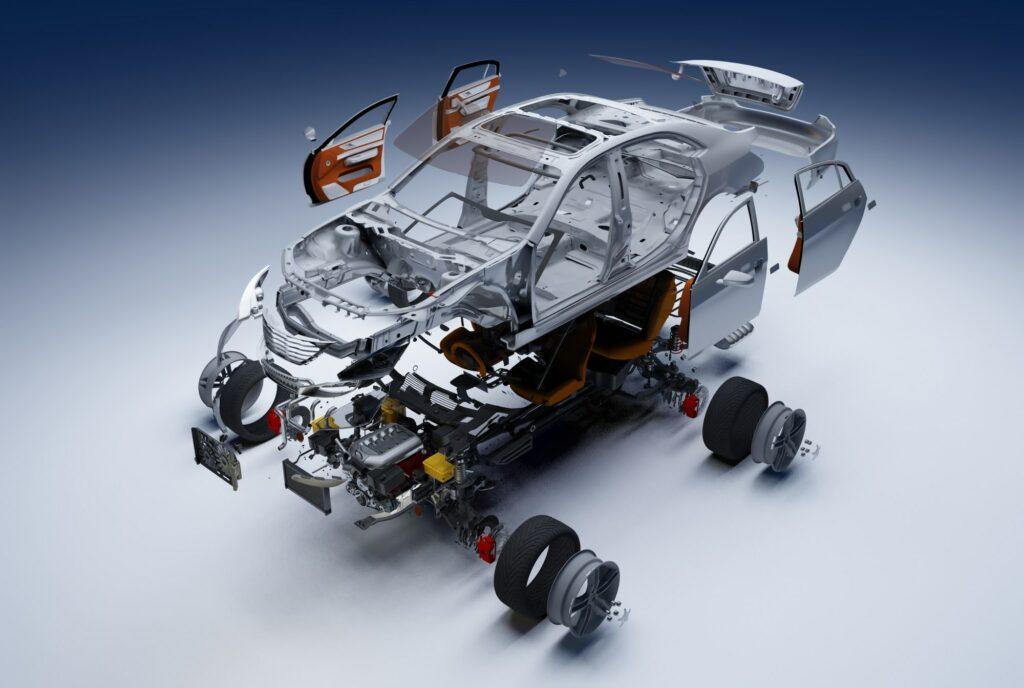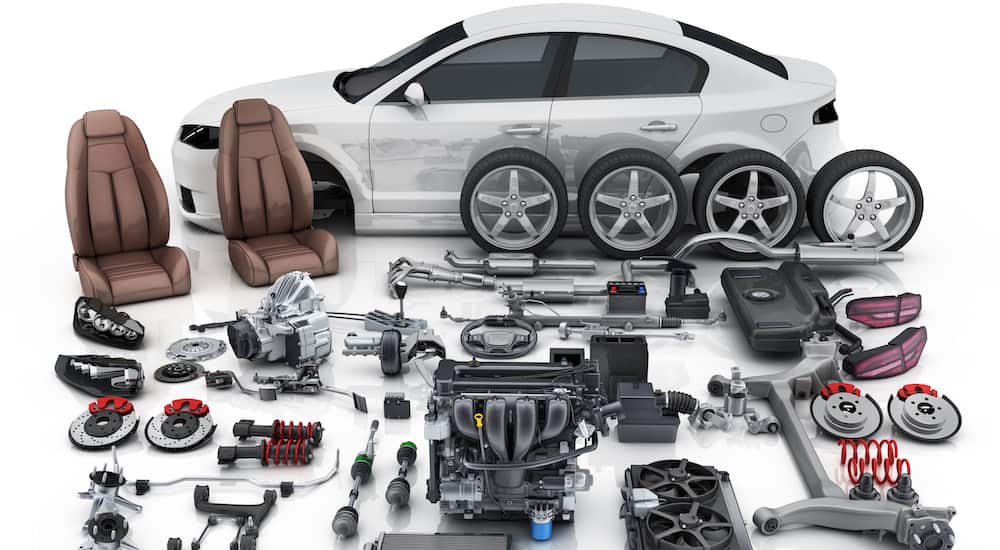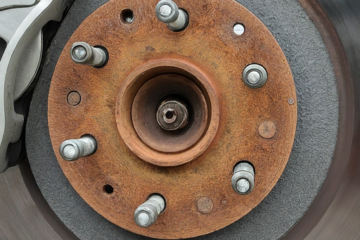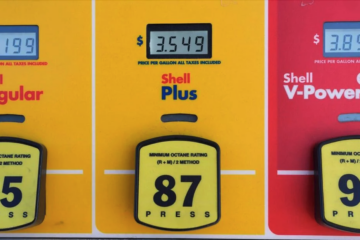To DIY or Not to DIY: The Case for Bringing Your Own Parts to the Mechanic
Your car coughs, sputters, and throws up a warning light on the dashboard. The dreaded trip to the mechanic looms. But before you head in empty-handed, you might consider a strategy that can save you money and give you more control over the repair process: bringing your own parts.
This approach isn’t for everyone, and there are definitely downsides to consider. But for those who are car-savvy and comfortable doing some research, it can be a way to stretch your repair budget and ensure the quality of the parts going into your vehicle.
In this blog post, we’ll delve into the world of bringing your own parts to the mechanic. We’ll explore the potential benefits, the drawbacks to consider, and some key tips to ensure a smooth experience for both you and your mechanic.

Why You Might Consider Bringing Your Own Parts
There are several reasons why a car owner might opt to source their own parts:
- Cost Savings: Mechanics typically markup the price of parts they provide. By purchasing the parts yourself, you can potentially save money by eliminating this markup.
- Quality Control: You have complete control over the quality of the parts you buy. This can be especially appealing if you’re particular about using high-performance parts or original equipment manufacturer (OEM) parts.
- Warranty Preferences: Aftermarket parts often come with warranties, but these may differ from the warranties offered by mechanics on parts they source. Bringing your own parts allows you to choose the warranty that best suits your needs.
- Part Availability: In some cases, you might be able to find a specific part online or at a specialty store that the mechanic wouldn’t normally stock. This could lead to faster repairs and less downtime for your vehicle.
- Peace of Mind: Knowing exactly what parts are going into your car can provide some peace of mind, especially if you’ve had negative experiences with mechanics using subpar parts in the past.

The Downside of BYOP (Bring Your Own Parts)
While the potential benefits are enticing, there are also some drawbacks to consider before you head out to buy parts:

- Mechanic Policy: Many mechanics have a policy against installing customer-supplied parts. This is because they want to ensure the quality of the parts and protect themselves from liability if the part fails.
- Warranty Issues: If the part you bring fails, the mechanic’s warranty might not cover the labor costs of replacing it. You might also have difficulty getting the part itself warrantied if the mechanic didn’t source it.
- Compatibility Issues: Even with the best intentions, you might accidentally purchase a part that isn’t compatible with your car. This can lead to wasted time and money.
- Labor Cost Increase: Some mechanics might charge a higher labor rate to install customer-supplied parts, as they may perceive it as taking on additional risk or losing potential profit from parts markup.
- Limited Expertise: Unless you’re comfortable diagnosing car problems and researching parts, bringing your own parts might not be the best option. A mechanic’s expertise in selecting the right parts for your specific car can be valuable.

Making BYOP Work for You
If, after weighing the pros and cons, you decide to bring your own parts to the mechanic, here are some tips to ensure a smooth experience:
- Communicate Clearly: Before you purchase anything, talk to your mechanic and explain that you’d like to bring your own parts. Discuss their policy on customer-supplied parts and any potential labor rate changes.
- Do Your Research: Ensure you’re buying the correct part for your car’s make, model, and year. Utilize online resources, repair manuals, or consult with a knowledgeable parts salesperson.
- Purchase from Reputable Sources: Stick to established auto parts stores or reputable online retailers. Avoid unreliable sources that might sell counterfeit or low-quality parts.
- Get the Right Warranty: Choose a part with a warranty that meets your needs. Make sure you understand the warranty terms and how to make a claim if necessary.
- Provide Receipts and Documentation: When you bring the parts to the mechanic, provide them with the receipt and any warranty information.
The Final Decision: To BYOP or Not to BYOP
Ultimately, the decision of whether or not to bring your own parts to the mechanic is a personal one. There’s no right or wrong answer, and it depends on your specific circumstances, budget, and level of car knowledge.
If you’re comfortable doing the research and have a good relationship with a mechanic who is open to working with customer-supplied parts, then it can be a way to save money and ensure quality. However, if you’re not confident in your



